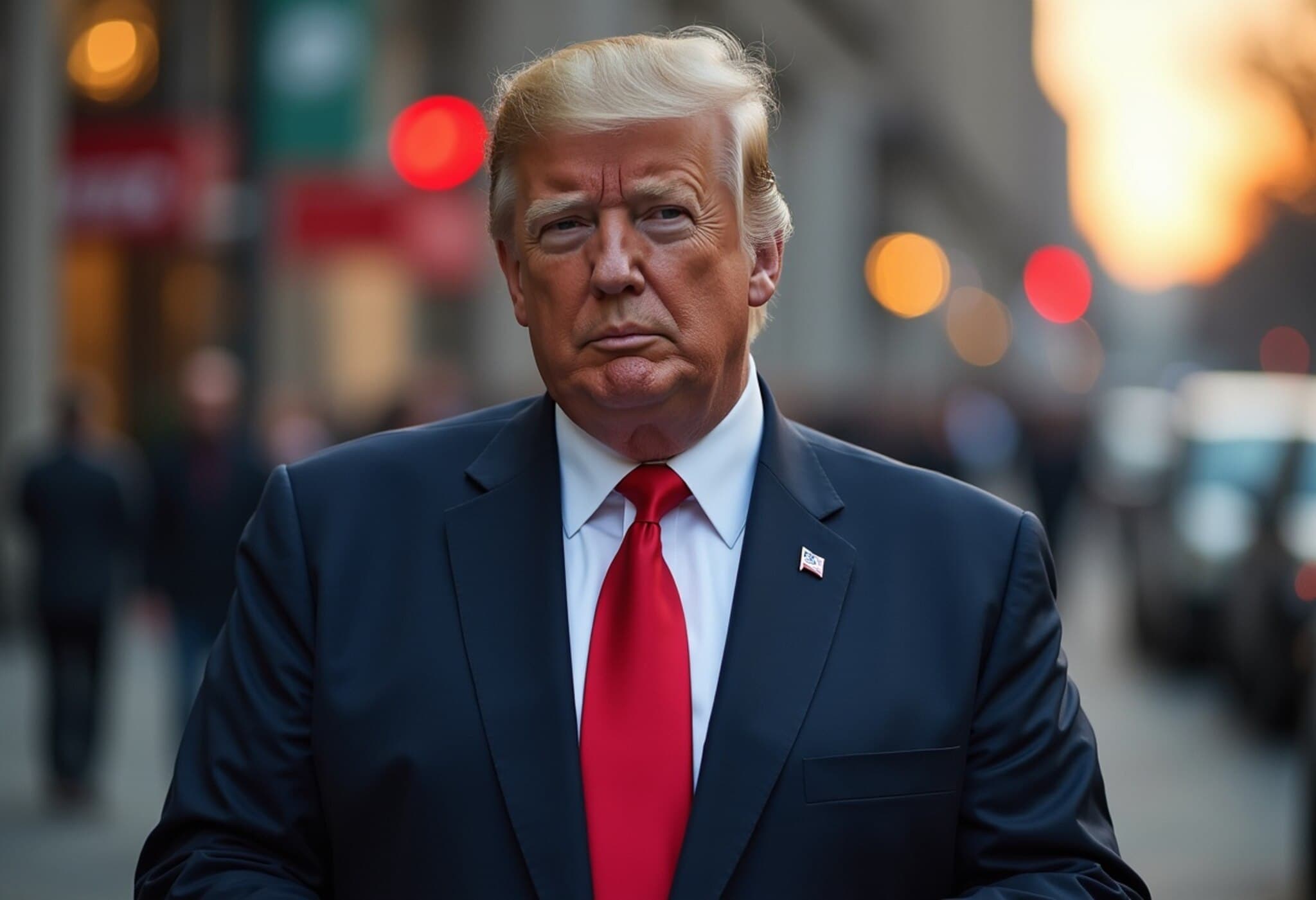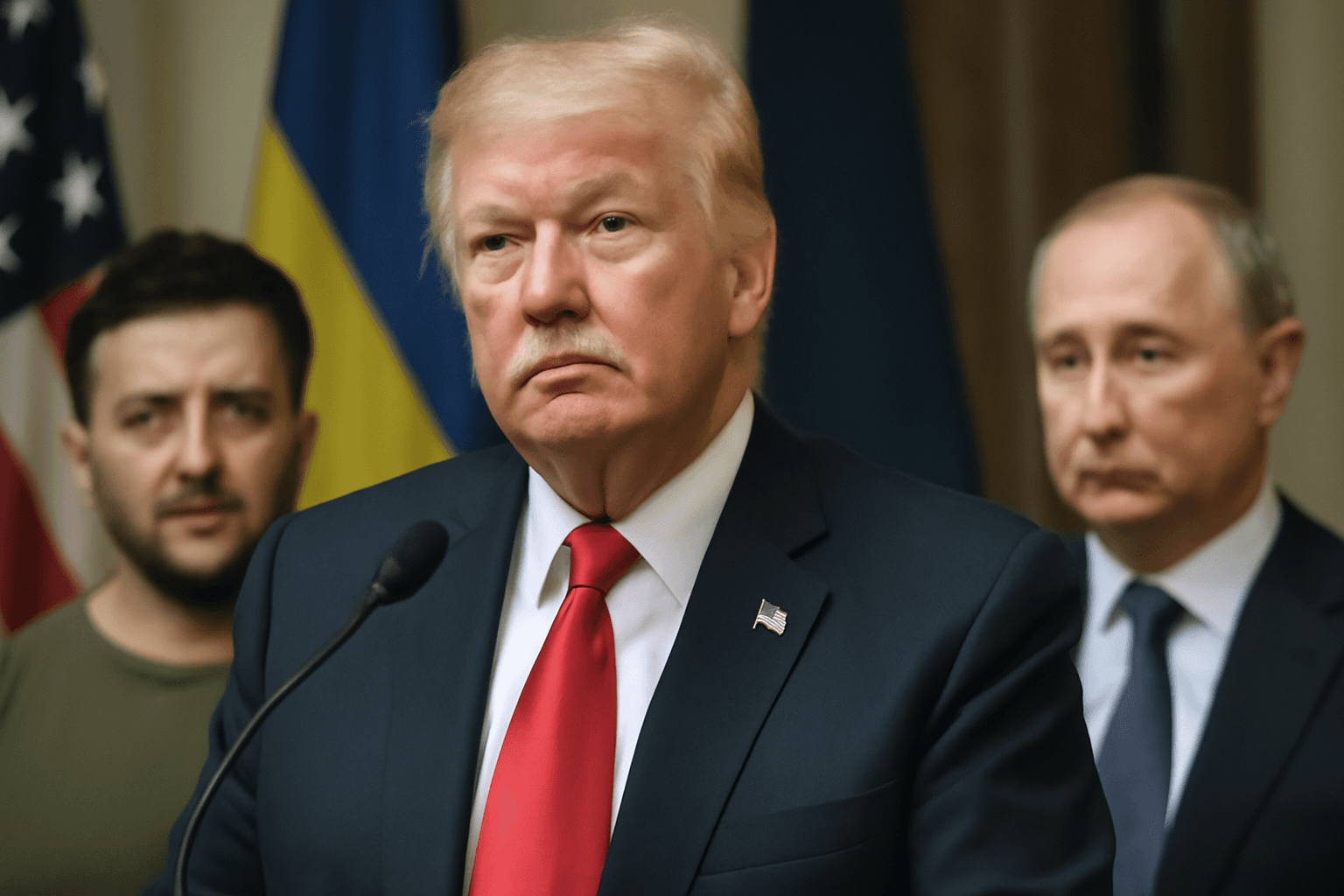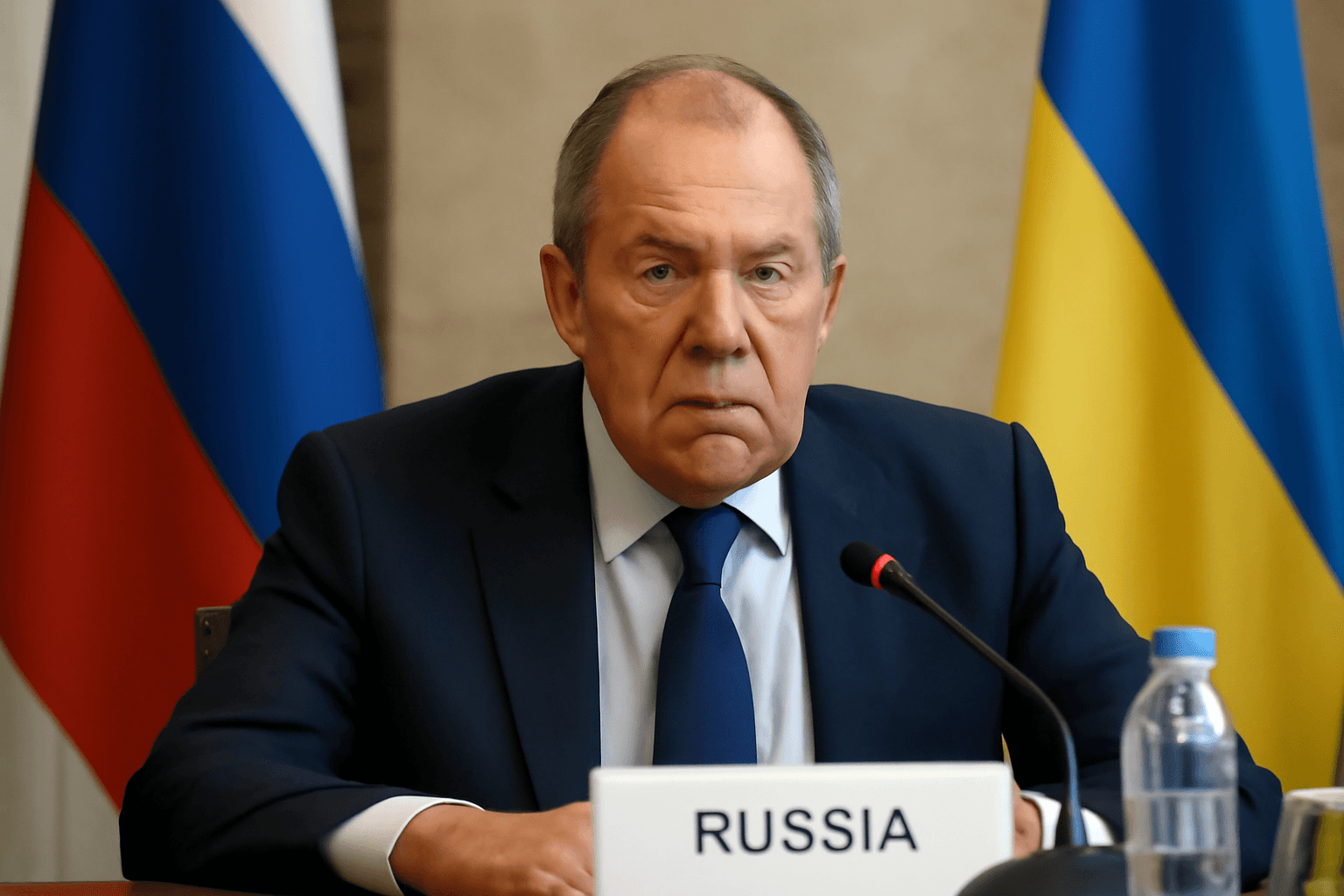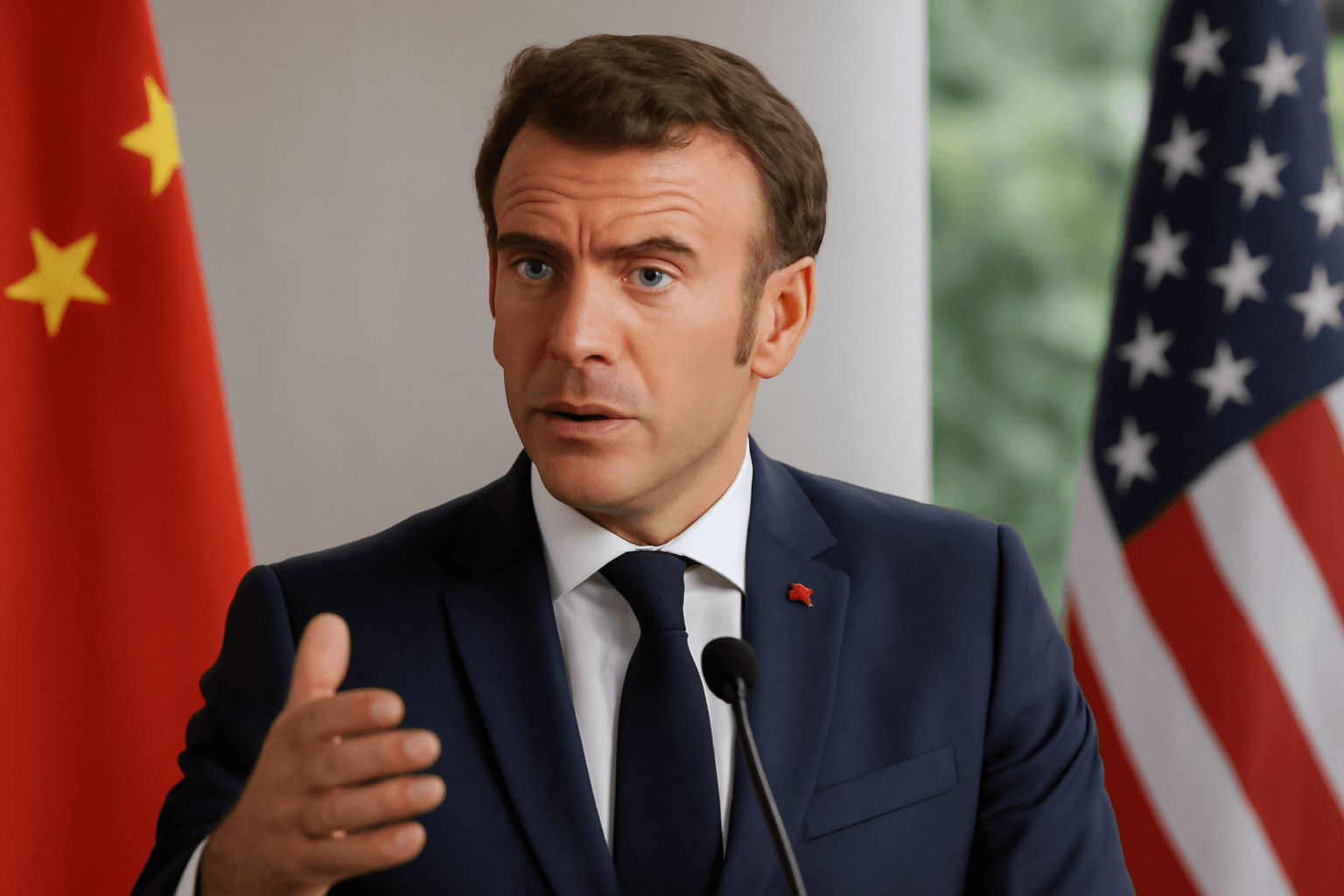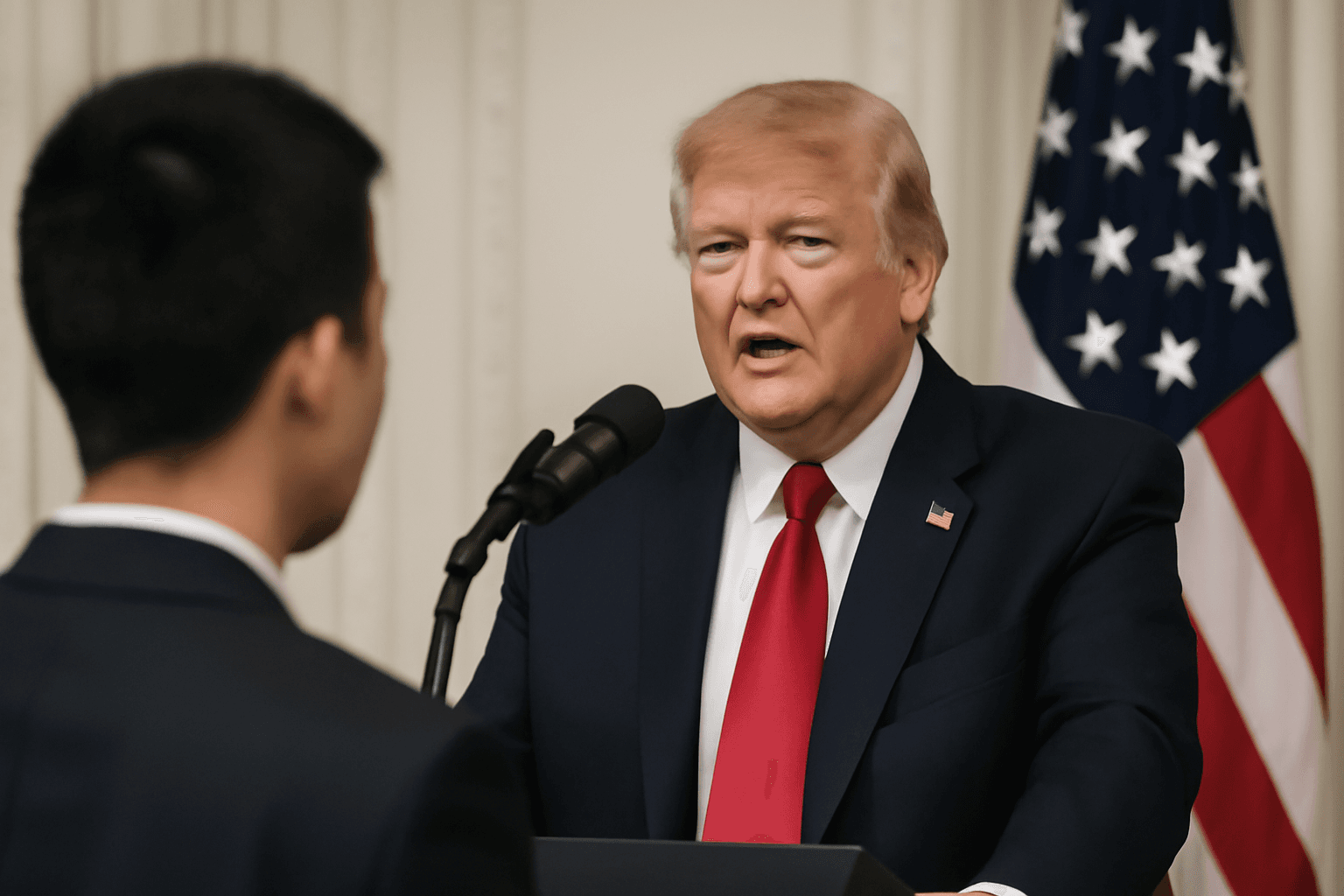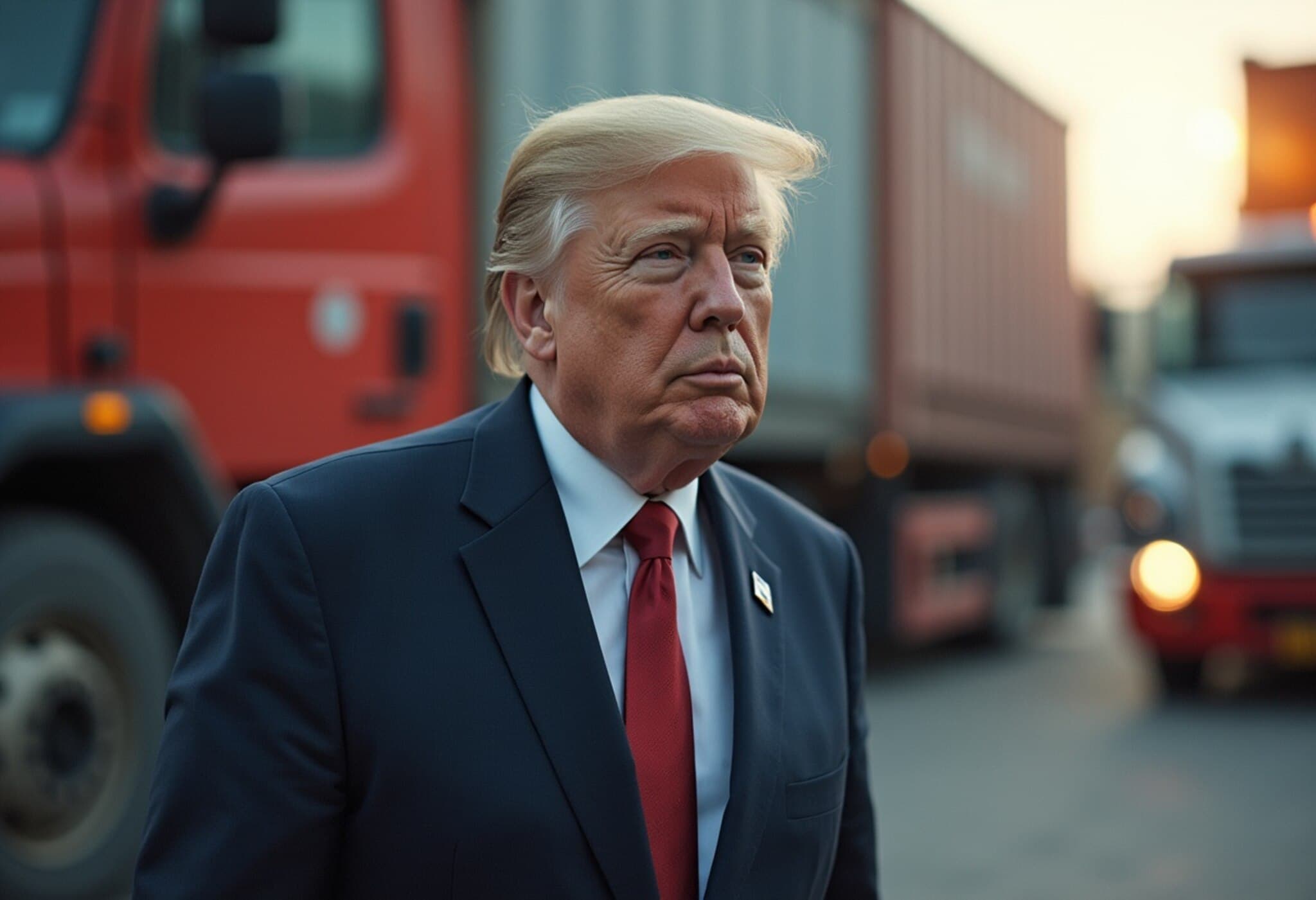Trump’s Tariffs on India: A Strategic Signal to China and Russia
In a move that has starkly reshaped Washington’s approach to international sanctions, former U.S. President Donald Trump announced punitive secondary tariffs on India for its purchase of Russian oil, setting a cautionary precedent that could soon extend to China. Addressing questions at a White House event, Trump framed these tariffs not just as a targeted measure against India, but as a broader warning shot aimed at major players entangled in Russia’s energy exports.
Understanding the Context: Why Target India?
India’s position as the world’s second largest buyer of Russian oil, closely trailing China, placed it under tough scrutiny from U.S. policymakers seeking to leverage economic pressure against Moscow amidst the ongoing conflict in Ukraine. Trump emphasized this nuance, acknowledging India's significant role but underscored that the tariffs are part of a gradual escalation aimed at disrupting Russia's global energy sales.
When asked why India was singled out for these secondary sanctions while China’s substantial purchases went seemingly unchallenged, Trump responded with a deliberate ambiguity: “It may happen. I don’t know, I can’t tell you yet.” This careful wording suggests a strategic hesitation rooted in geopolitical calculus—acknowledging China’s heavyweight role while signaling that more sanctions could follow.
The Bigger Picture: Geopolitical Chessboard
Experts interpret Trump’s tariff strategy as more than punishment—it is an effort to fracture energy alliances that bolster Russia’s economy. This tactic aligns with Washington’s broader objective of isolating Moscow to expedite resolution in Ukraine by tightening the noose on Russian oil revenues.
However, beneath the surface lies complexity. Trump's critics, including longtime allies like Steve Bannon, have openly questioned this inconsistent stance toward Beijing, highlighting potential contradictions in U.S. foreign policy. While Trump once faced accusations of being too soft on Russia, his current approach reveals a nuanced attempt to leverage both punishment and dialogue, as evidenced by his envoy Steve Witkoff’s recent discussions in Moscow.
Recent Developments and What’s Next
- Secondary Tariffs on India: Set to kick in on August 27, these tariffs are part of a broader sanctions regime targeting Russian energy buyers.
- Trade Talks and Diplomacy: A U.S. trade delegation is scheduled to visit India shortly before the tariffs take effect, aiming to manage diplomatic fallout and negotiate economic terms.
- Potential Trump-Putin Summit: Trump confirmed plans to meet Vladimir Putin in the coming days, though the date and venue remain unsettled amid cautious optimism.
These developments underscore a delicate balancing act—using economic deterrence to isolate Russia while engaging diplomatically to seek resolution.
Unpacking the Undercurrents: What This Means for Global Energy and U.S. Policy
The approach taken by the Trump administration spotlights inherent tensions in global energy politics. India’s tariff punishment highlights how even close U.S. partners can face repercussions under shifting strategic priorities. Simultaneously, the tentative threat of similar sanctions on China reflects the United States’ acknowledgment that Beijing’s cooperation—or at least restraint—is fundamental to the sanctions regime’s success.
These moves raise pressing questions:
- Will escalating sanctions effectively disrupt Russia’s oil sales, or drive buyers to develop alternate alliances?
- How will India and China recalibrate their energy strategies in response to U.S. pressures?
- Can diplomatic overtures coexist with punitive tariffs without sparking broader geopolitical tensions?
As the world watches, this unfolding clash over energy trade strains traditional alliances and forces a recalibration of power dynamics in Eurasia.
Editor’s Note
Trump’s announcement of secondary tariffs on India is more than a punitive trade action—it is a layered strategic gambit intended to disrupt Russia’s lifeline and keep China in check. While it may seem like India is caught in the crossfire, the broader implication challenges global energy dependencies and tests the resilience of U.S.-India-China relations. Future developments will reveal whether economic sanctions or diplomatic dialogues drive lasting solutions in the tangled geopolitics of energy and war. Readers are encouraged to consider the complex balance between economic coercion and diplomacy underpinning these high-stakes international moves.

